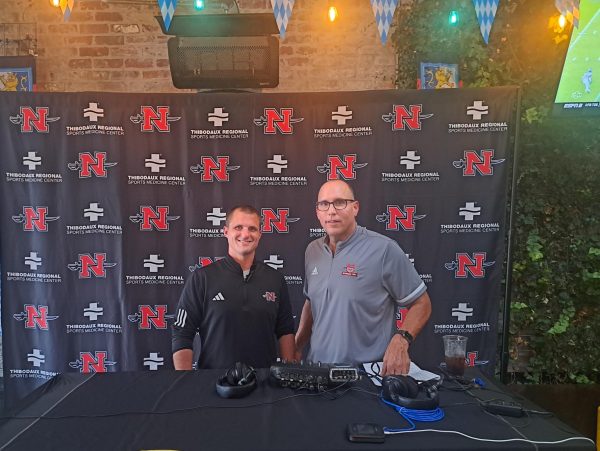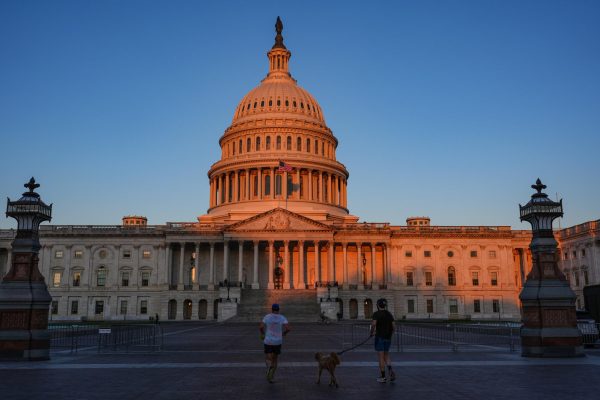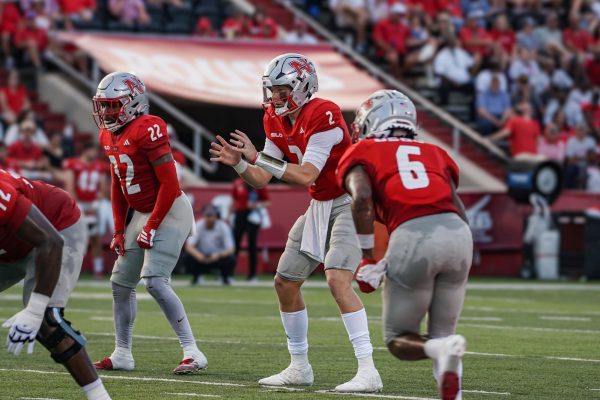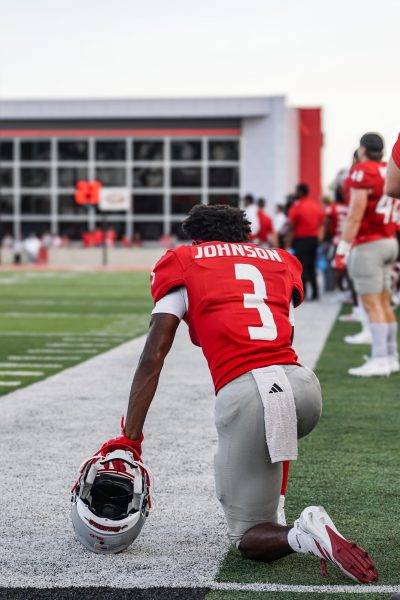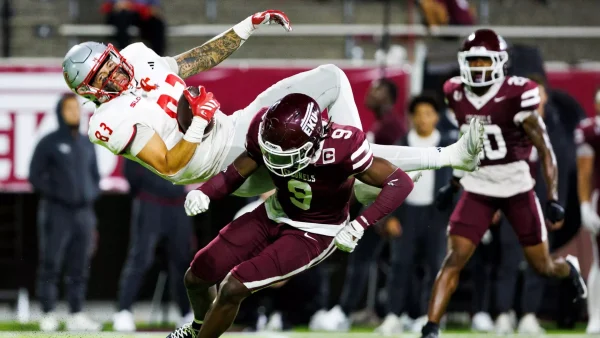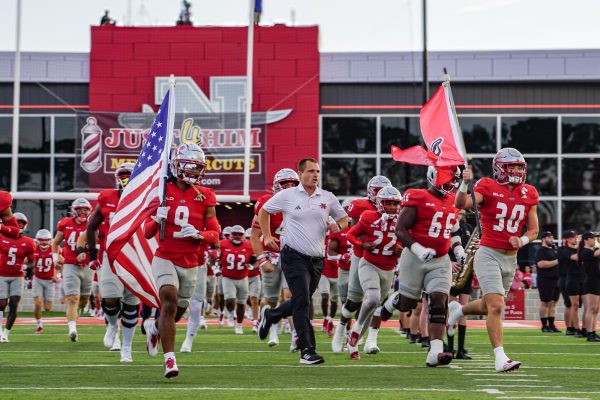NCAA transfer rules: Are they fair to athletes?
One of the most talked-about subjects this summer was college football players transferring to different schools.
Athletes receive scholarships from their chosen school that will give them the most success on the playing field and in the classroom. Unfortunately, not all athletes that are given scholarships will see a significant amount of playing time on the field.
When players are not granted playing time or just minimal time in the game, most student-athletes will leave the team and transfer to another school. For example, former Florida State University quarterback Jacob Coker was allowed to transfer to the University of Alabama during the off-season, and was granted two years of eligibility. He was the backup quarterback to EJ Manuel and reigning 2013 Heisman trophy winner, Jameis Winston.
At FSU, Coker was only seen in games that were, what I like to call, “rent-a-win” games for clean-up duty. He might get the starting position he has been waiting for with the tide.
According to the National Collegiate Athletic Association, student-athletes who transfer to a different school are less likely to graduate than athletes who stay at their original school.
The NCAA has a set of rules and regulations that must be followed regarding the transfer of student-athletes. Any athlete that transfers from one four-year college to another four-year university must spend one academic year in residence, unless they are transferring to a school in a different division. There are rare exceptions, in which case the athlete must be eligible academically at their previous university. One other exception is when a player wishes to transfer from an out of state institution to a university near their hometown. Another exception is a written release letter from the current institution that specifies they have no disapproval to the athlete’s use of the exception.
Some student-athletes, in most cases, purposely attend a university strictly for a coach they want to learn from. If the coach leaves for another institution, the NCAA does not grant eligibility for athletes who wish to transfer to another school solely on the departure of a member on the coaching staff. There is an exception where the student-athlete may transfer if the institution discontinues a sport that was never sponsored while the athlete was attending the university.
If a student-athlete is expelled from the team, the athlete may contact other colleges or universities interested in the athlete to represent their school.
Former University of Missouri wide receiver Dorial Green-Beckham was dismissed from the team after several encounters with the law. Green-Beckham transferred to the University of Oklahoma and was denied to play this season because he transferred to another Football Bowl Subdivision school. He must sit out a season because of the residence rule.
I believe the NCAA gets to be too strict at times. It is something that college teams have become accustomed to. Most might think the transfer rules and regulations are ridiculous. In most cases, I agree with the NCAA. However, if a player is not receiving any benefit or experience at their university, the student-athlete should be allowed to make contact with other institutions who can offer more to a player than their current university. The athlete should also understand that they cannot play immediately after they are reinstated at a different school. Athletes are students just like you and me. They should be able to freely enroll to the university that will give them more playing time and success in the classroom.



